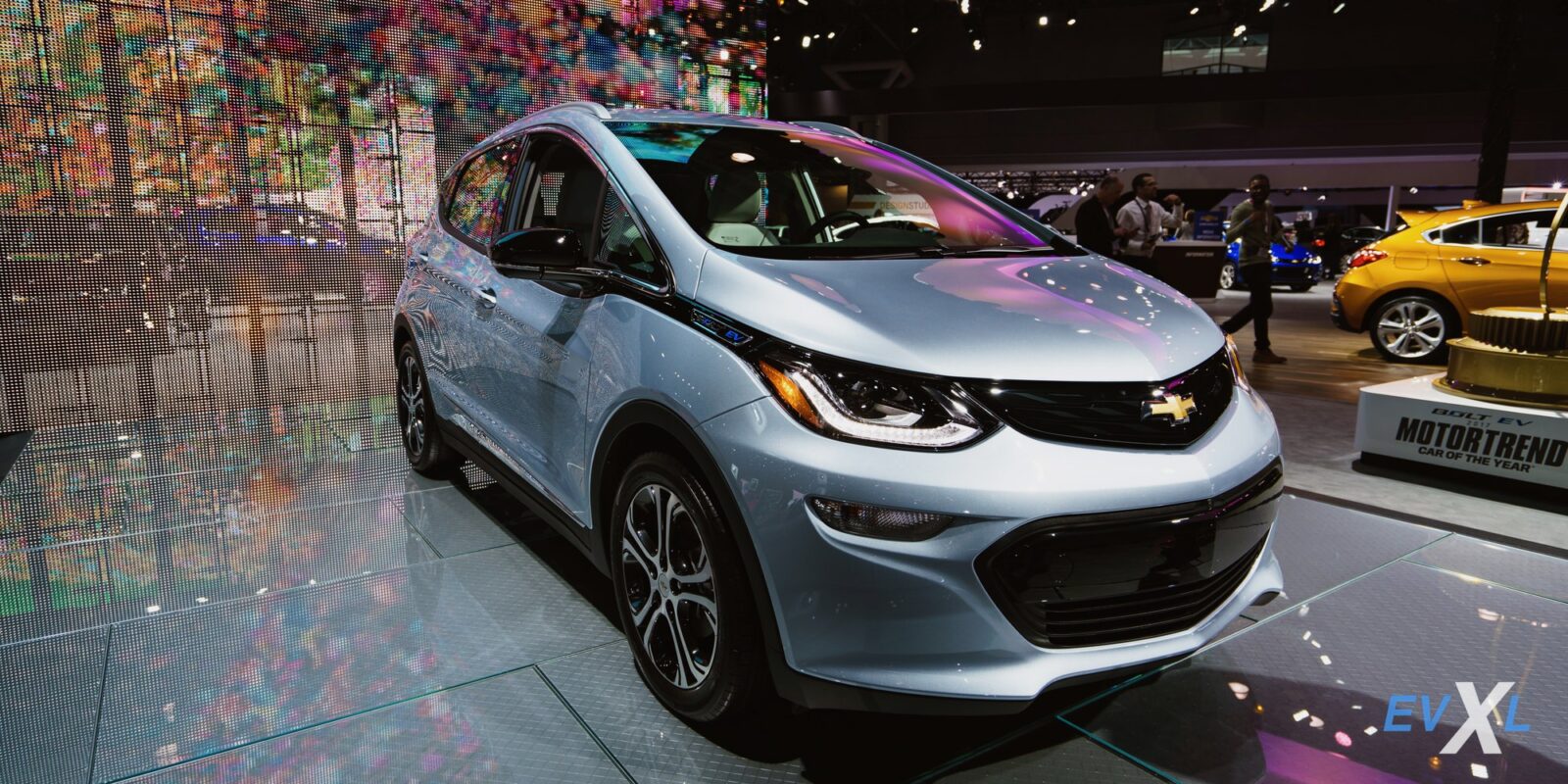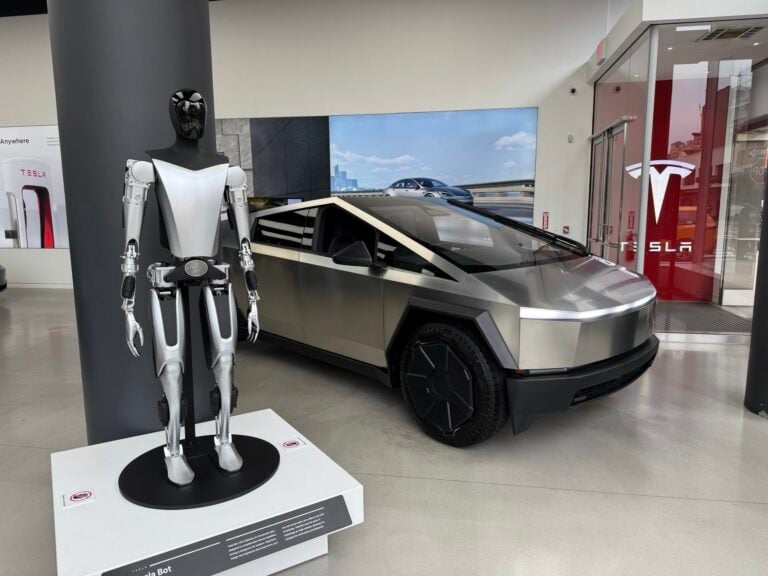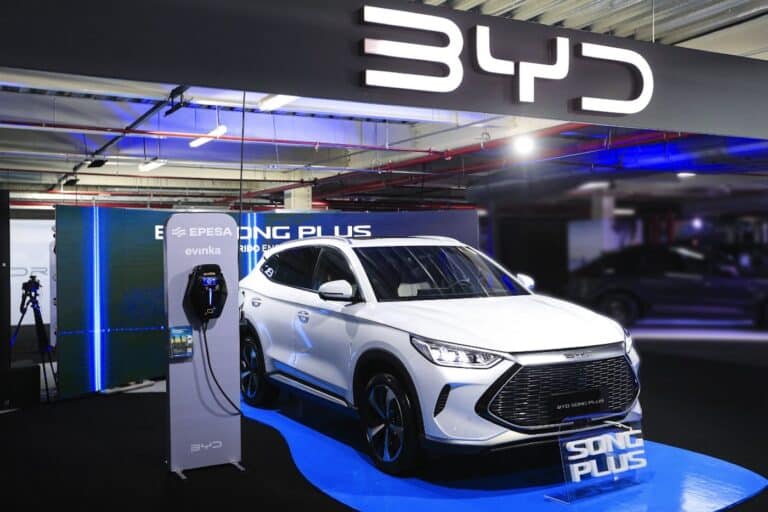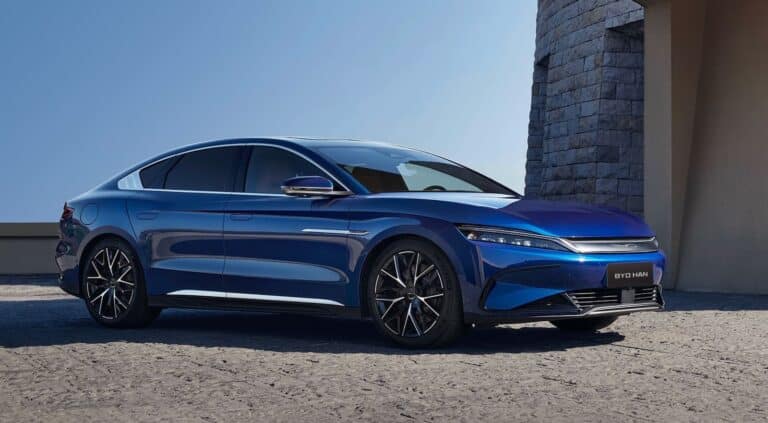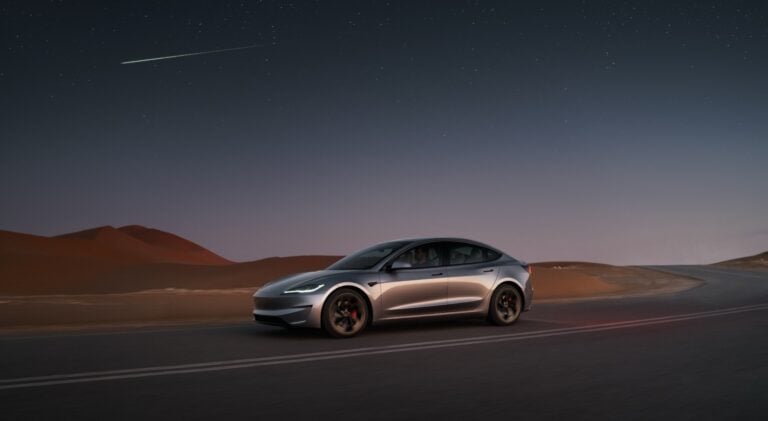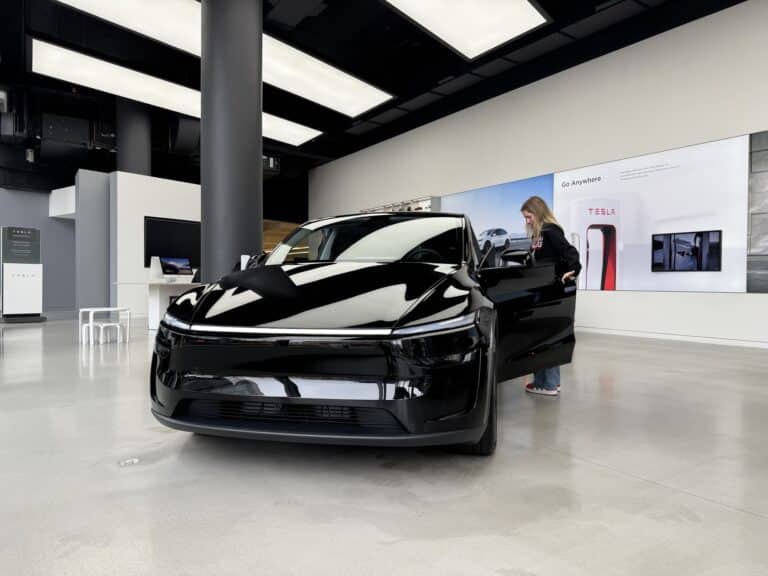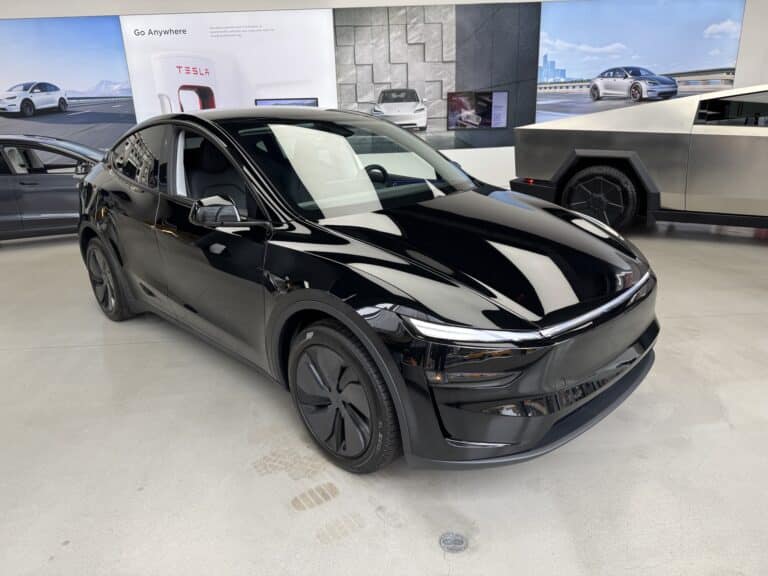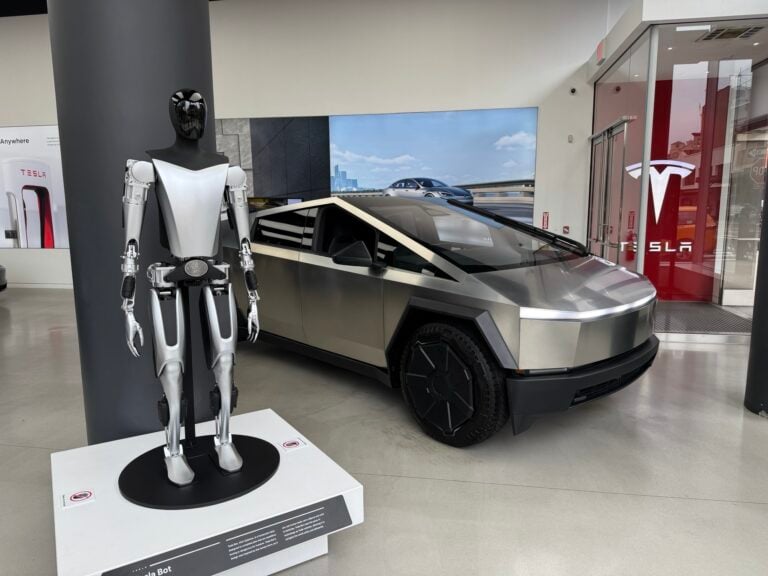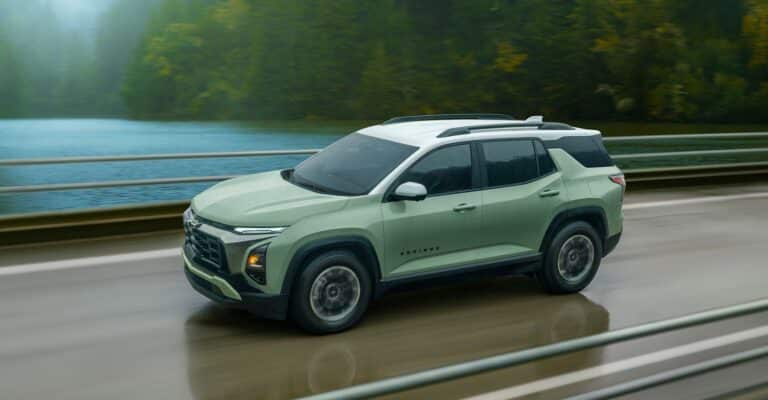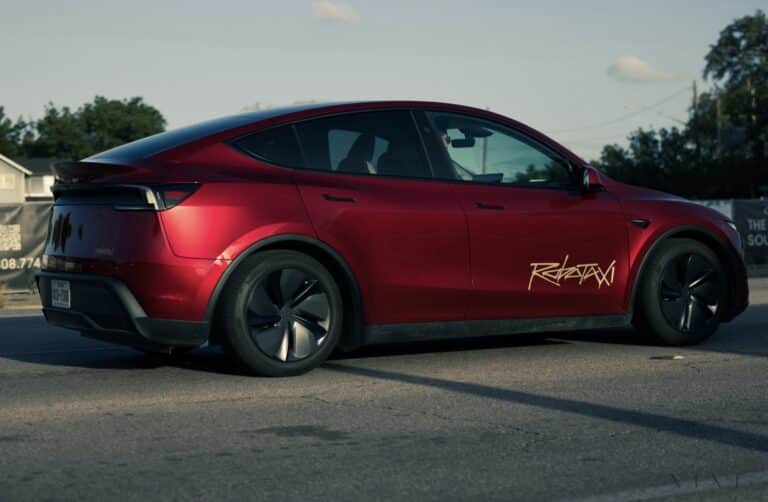General Motors faces a significant financial setback in China, announcing a $5.5 billion write-off as its joint venture struggles amid the country’s rapid transition to electric vehicles. This development marks a crucial turning point in the world’s largest automotive market and serves as a warning sign for traditional automakers, reports Barron’s.
The Financial Impact
The Detroit-based automaker will take a substantial one-time charge of $2.8 billion related to its 50-50 joint venture with SAIC Motor, with an additional $2.7 billion restructuring charge. What’s particularly telling is that this joint venture, which once generated approximately $500 million in quarterly profits for GM, now produces less than one-tenth of that amount.
China’s Electric Revolution
The story behind this financial hit reveals a dramatic transformation in Chinese consumer preferences. The country has seen electric vehicle adoption skyrocket from 600,000 to about 6 million units, while plug-in hybrid sales have surged from 200,000 to nearly 5 million units. In stark contrast, traditional gasoline-powered vehicle sales have plummeted from 20 million to 12 million units.
According to Citi analyst Jeff Chung, Chinese car buyers are expected to purchase around 23 million new vehicles in 2024. Perhaps most striking is the projection that battery-electric and plug-in hybrid sales will account for almost 50% of all new car sales in China in 2024, compared to just 20% in the U.S.
Future Outlook
The transition shows no signs of slowing, with gasoline-only powered cars expected to see another 50% drop in sales over the next two years. By 2026, electric and hybrid vehicles are projected to capture 75% of the Chinese market share, representing a fundamental shift in the world’s largest automotive market.
As GM noted in an emailed statement to Barron’s: “The [GM] business performs well domestically and in export markets, and the SGM team has made good progress in the second half of the year to better balance production with demand.” However, this optimistic tone contrasts sharply with the financial reality of the situation.
EVXL’s Take
This situation perfectly illustrates the accelerating pace of EV adoption in major markets and the challenges facing traditional automakers. As we’ve covered in our recent analysis of BYD’s market dominance and Tesla’s strategy in China, the ability to pivot quickly toward electrification isn’t just about survival – it’s about thriving in a rapidly evolving market. GM’s experience in China serves as a crucial lesson for its upcoming EV transition in other markets, particularly the U.S.
What are your thoughts on GM’s challenges in China? Share your perspective in the comments below.
Discover more from EVXL.co
Subscribe to get the latest posts sent to your email.


